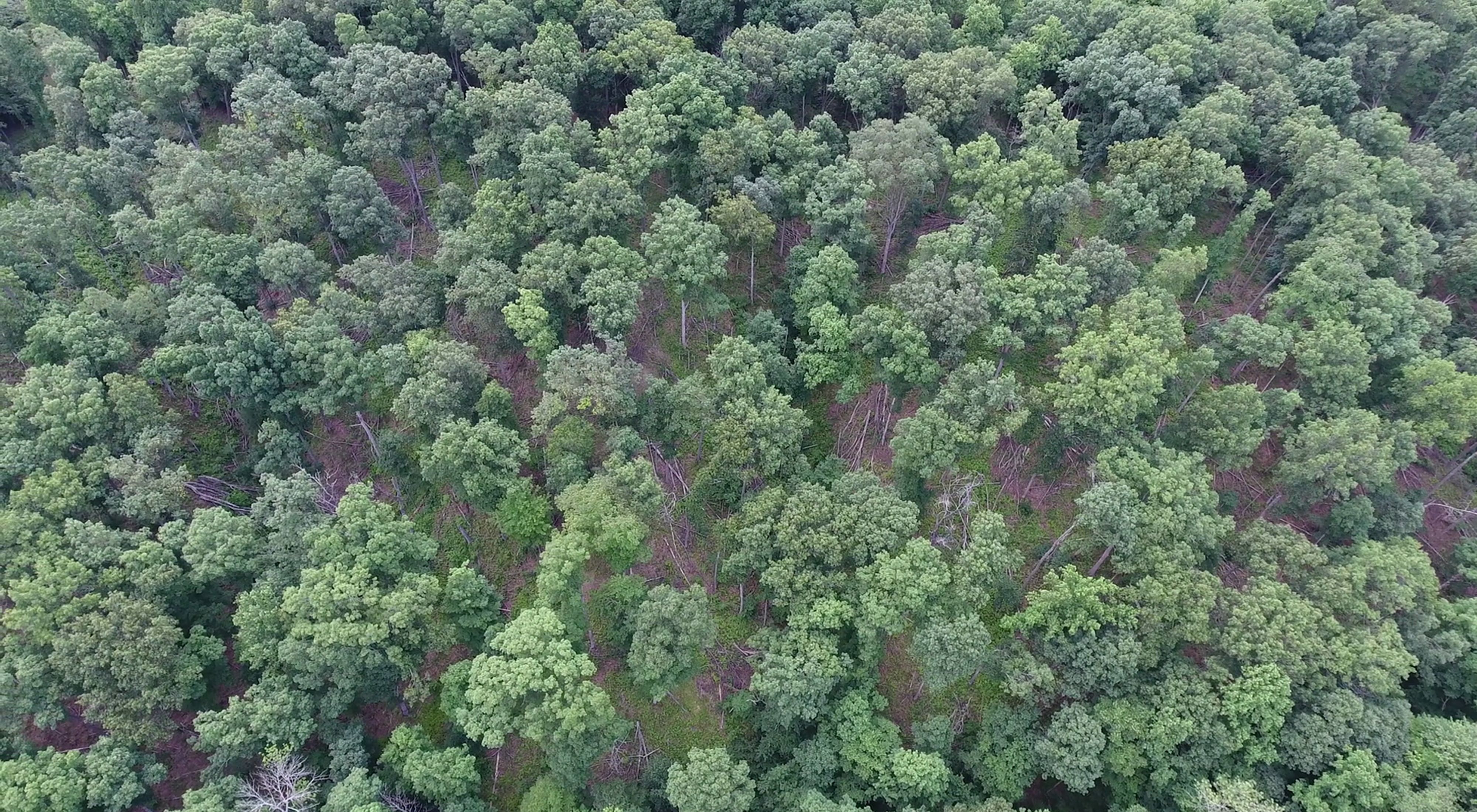New research highlights the importance of careful plantation forest management in fighting climate change
With enough attention to the nuances of local conditions, improved management of plantation forests can enhance their climate mitigation potential.
Media Contacts
-
Cyril Melikov
University of California, Berkeley
Email: cyril_melikov@berkeley.edu -
The Nature Conservancy
Email: media@tnc.org
New research published in Current Forestry Reports has quantified the climate mitigation potential of different management practices in forest plantations, adding to a growing body of knowledge around improved forest management as a natural climate solution.
The study, from researchers at the University of California, Berkeley, Environmental Defense Fund, Conservation International, The Nature Conservancy and partner institutions, assessed the climate impacts of three common management practices in forest plantations: adding fertilizer to trees, interplanting nitrogen (N)-fixing trees, and tree thinning.
While there is momentum behind restoring forests to fight climate change, the improved management of existing forests may represent a more cost-effective and rapidly deployable natural climate solution, removing 100-230 million metric tons of carbon dioxide from the atmosphere each year.
By specifying the conditions in which fertilization and other activities tend to be the most beneficial for carbon storage, the study provides additional information to practitioners on how to maximize the climate mitigation potential of forest management.
The research found both positive and negative effects of all three management practices. Adding fertilizer in plantation forests boosts tree growth—and therefore carbon sequestration potential—but this benefit is generally offset by emissions from inorganic fertilizers. Tree thinning, or managing the density of the forest stand, results in a strong reduction of aboveground carbon storage, but this effect lessens with time. In contrast, interplanting trees with N-fixing trees initially has no effect, but was shown to boost growth in older tree stands. This highlights the importance of mixed species plantations in climate-smart forestry.
“We generally see a preference for even-aged plantations of single species within ‘conventional’ forestry, as these systems can be optimized for wood production and are relatively easier to manage,” said Dr. Jacob Bukoski, an assistant professor at Oregon State University’s College of Forestry and co-author on the paper.
“However, when we prioritize multiple values of forest plantations, such as carbon storage or nutrient cycling, mixed species plantations become very promising.”
The results of the study emphasize the need for a nuanced approach in plantation forest management for climate benefits. Factors to consider include tree species selection and local conditions such as precipitation, soil moisture levels and previous land use.
“Knowledge of site characteristics and tree silvics will allow land managers to make informed choices and apply the right treatment, at the right intensity, at the right timing and in the right context,” said lead author Cyril Melikov, an analyst at the Environmental Defense Fund at the time of this study.
“Following these 4Rs maximizes the chance of delivering climate benefits via forest management.”
Although not all management actions included in the study provide substantial increases in carbon storage over the entire lifetime of plantation trees, they provide additional ecological benefits, such as enhanced forest biodiversity and soil fertility. They also improve resilience to disturbances such as pests or natural disasters, which is crucial for the durability of carbon sequestered on the landscape, particularly in a changing climate.
“To avoid the most damaging effects of climate change, we need urgent action within this decade in both the energy and land sectors,” said Susan Cook-Patton, co-author and Senior Forest Restoration Scientist at The Nature Conservancy.
“Given limited resources and the urgency of climate change, identifying near-term management actions that can maximize carbon stocks in managed forest stands is of paramount importance.”
The Nature Conservancy is a global conservation organization dedicated to conserving the lands and waters on which all life depends. Guided by science, we create innovative, on-the-ground solutions to our world’s toughest challenges so that nature and people can thrive together. We are tackling climate change, conserving lands, waters and oceans at an unprecedented scale, providing food and water sustainably and helping make cities more sustainable. The Nature Conservancy is working to make a lasting difference around the world in 81 countries and territories (40 by direct conservation impact and 41 through partners) through a collaborative approach that engages local communities, governments, the private sector, and other partners. To learn more, visit nature.org or follow @nature_press on X.
